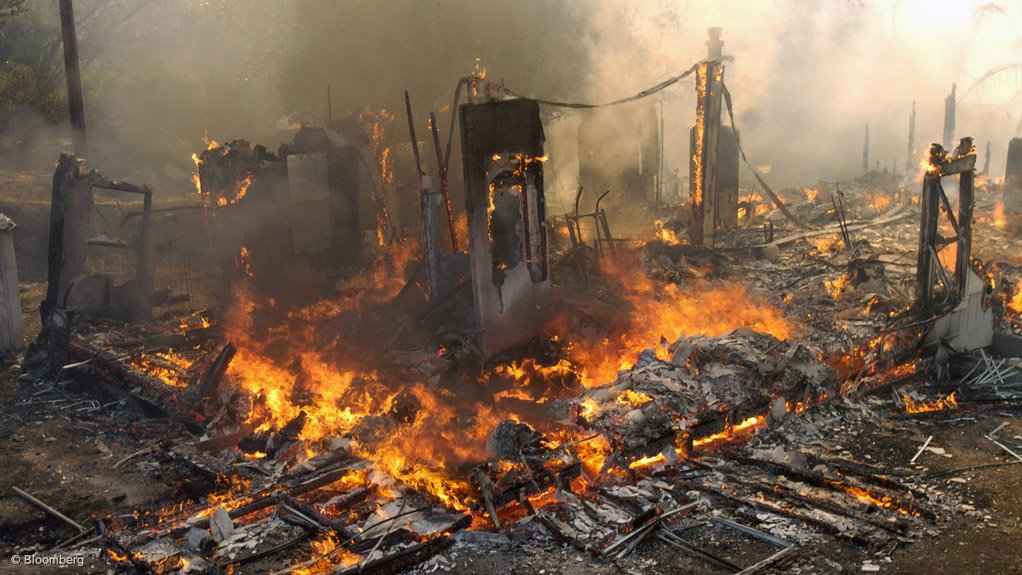Fire risk assessments are the ideal way to develop and improve fire risk management from documenting findings, categorisation of risk areas, recommendations or requirements for improvement as well as prioritisation of risk improvement measures, says the Fire Protection Association of Southern Africa (FPASA) MD Renay Sewpersad.
A fire risk assessment, she explains, is a process which involves the systematic evaluation of the factors that determine the hazard from fire, the likelihood that there will be a fire and the consequences if one were to occur.
“Fire risk assessments are critical in the protection of life, assets and in ensuring the continuity of business operations,” she points out.
Sewpersad further notes that there are numerous professionals in the industry who can provide this critical service – including insurers offering complimentary fire risk assessments – and it is important from a commercial and corporate risk perspective to take advantage of this.
She adds that insurers hereby play a beneficial role in this arena, as they are promoting the protection of lives and assets.
Another equally useful means of fire protection and improving fire risk management, she elaborates, is the use of passive fire protection measures in the incipient stage of building construction such as the use of adequately selected fire-resistant walls, floors and doors.
Active fire protection, however, is a group of systems that requires some amount of action or motion in order to work efficiently in the event of a fire, Sewpersad adds.
She explains that active fire protection systems or equipment may be manually operated, like a fire extinguisher, or automatic, like a sprinkler or gas suppression system, but either way, they require some amount of action to activate.
“In an ideal society, the fire engineer, fire safety officer and building control officer should work hand-in-hand with construction companies in the very early stages of development,” she notes.
Although the correct and appropriate fire resistance construction materials, potential ignition sources, correctly sized compartments as well as the design of fire escapes and ventilation systems may increase the cost of the building, Sewpersad notes that these are necessary to ensure that a building is safe for the occupants.
She further enthuses that to increase fire awareness, appointing a fire marshal in the workplace can greatly improve fire awareness, as occupants of a building can be in a position to take ownership of their safety.
“A fire marshal in a workplace is responsible for carrying out, or organising, fire risk assessments of the premises and regularly reviewing the assessments, informing other staff of the risks, as well as putting in place and maintaining appropriate fire safety measures,” she notes.
Sewpersad indicates that further responsibilities include planning for an emergency and providing staff with information, fire safety instructions and training.
One of the most important aspects of any business, she explains, is to ensure that the occupants are sufficiently trained in basic firefighting.
“Basic firefighting is the minimum training, but there are other forms of training available and the FPASA has a range of fire training courses available.”
Courses at the FPASA include, but are not limited to, basic and workplace firefighting, breathing apparatus, fire risk assessment and safety strategies, advanced fire prevention, the fundamentals of fire investigation, passive fire protection, gas suppression as well as the testing and inspection of sprinkler pumps.
Edited by: Zandile Mavuso
Creamer Media Senior Deputy Editor: Features
EMAIL THIS ARTICLE SAVE THIS ARTICLE
ARTICLE ENQUIRY
To subscribe email subscriptions@creamermedia.co.za or click here
To advertise email advertising@creamermedia.co.za or click here













